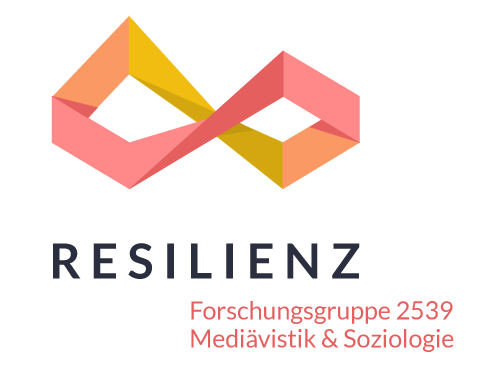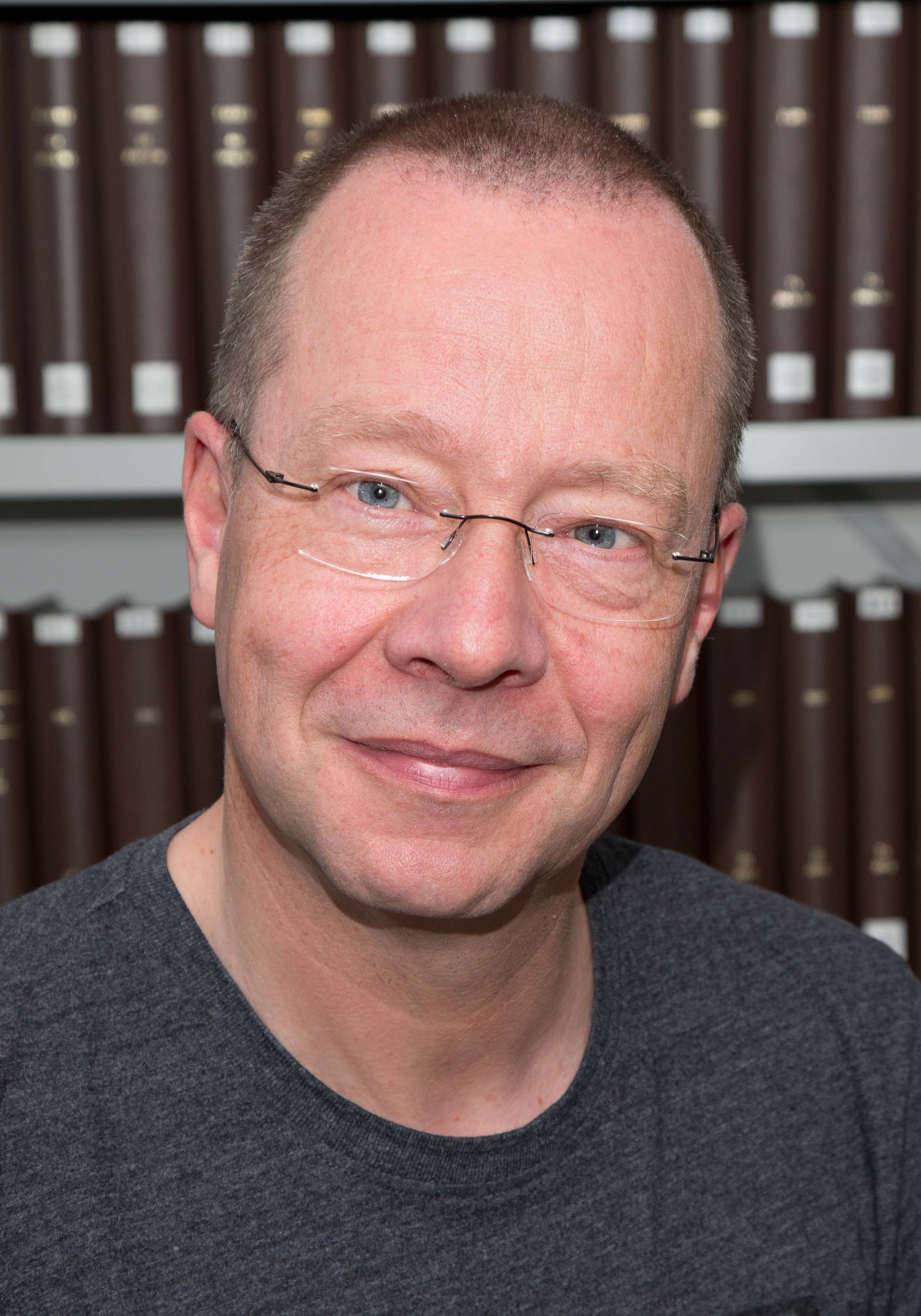This project will investigate the ways in which members of the Jewish minority in Ashkenaz (i.e., in the German Empire and the neighbouring areas of German-speaking Jews in Upper Italy, and Central Europe) reacted to a variety of convulsive disruptions they experienced between the fourteenth and sixteenth century; it aims at identifying options of agency and strategies of resilience. The unit with a threatened existence in terms of the research group’s overall question, is the practice of Jewish life in families, households, and communities. The project aims at identifying the structural preconditions, agent constellations, as well as the precise moves that were suitable for securing, for at least some time, acceptable conditions for the continuation of Jewish religious life in Latin Christian surroundings.
From this overall perspective, the investigation will focus on the impact and aftermath of the major disruptions of Jewish life since the mid-fourteenth century and the ensuing processes of coping, adaptation, and transformation. Two complementary studies will deal with (1.) the atrocities of 13458–50 in the context of the Black Death, and their consequences in demography, economy, and social relations; and (2.) the aggregation of violence and political repression between c.1380 and c.1420 (‘cancellations’ of debt owed to Jews in 1385 and 1390–93; local pogroms, expulsions from cities and territories since 1390).
The project investigates how Ashkenazi Jews tried to overcome these disruptions. From a socio-economic perspective, it looks at how, as individuals and families, Jews tried to ‘repair’ previous networks or create new ones (marriage alliances, consortia for raising funds and sharing risks); and at the significance of migration (including the transfer of capital, knowledge, and norms). In socio-political terms it investigates the changing relations between Jewish individuals and communities and between Jews and Christian rulers or municipal authorities. In this field, the weakened Jewish communities faced new challenges and burdens. From a socio-cultural perspective, therefore, the project also takes into account the efforts at ‘internal’ stabilization (e.g., in poor relief and collective memory), especially in the fifteenth century, when the Hebrew documentation resumes.
Identifying options, scope, and patterns of Jewish agency, and evaluating them as measures or strategies of resilience, will be based on biographical data for a large number of Jewish agents. This data, mostly derived from vernacular and Latin sources, allows us to distinguish between ‘strong’ individual actors (such as Jewish bankers) with access to major resources, and ‘weak’ actors (like household servants, etc.) and the Jewish communities as collective agents. Different types of relational networks are expected to reveal various emphases in socio-political, socio-economic, and socio-cultural resources.


